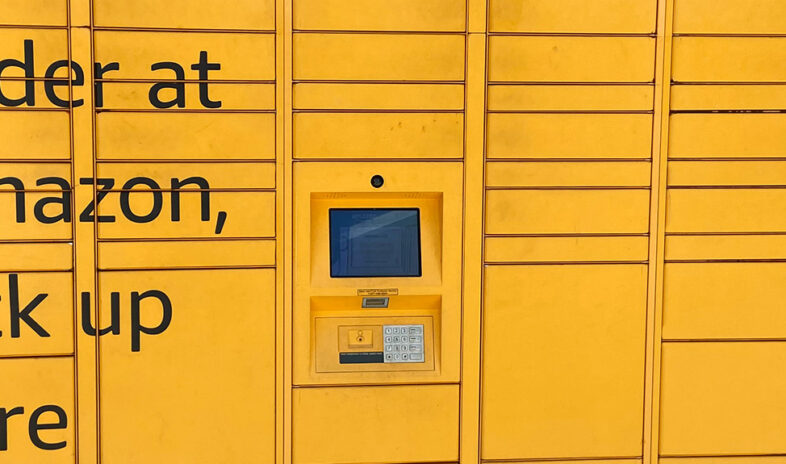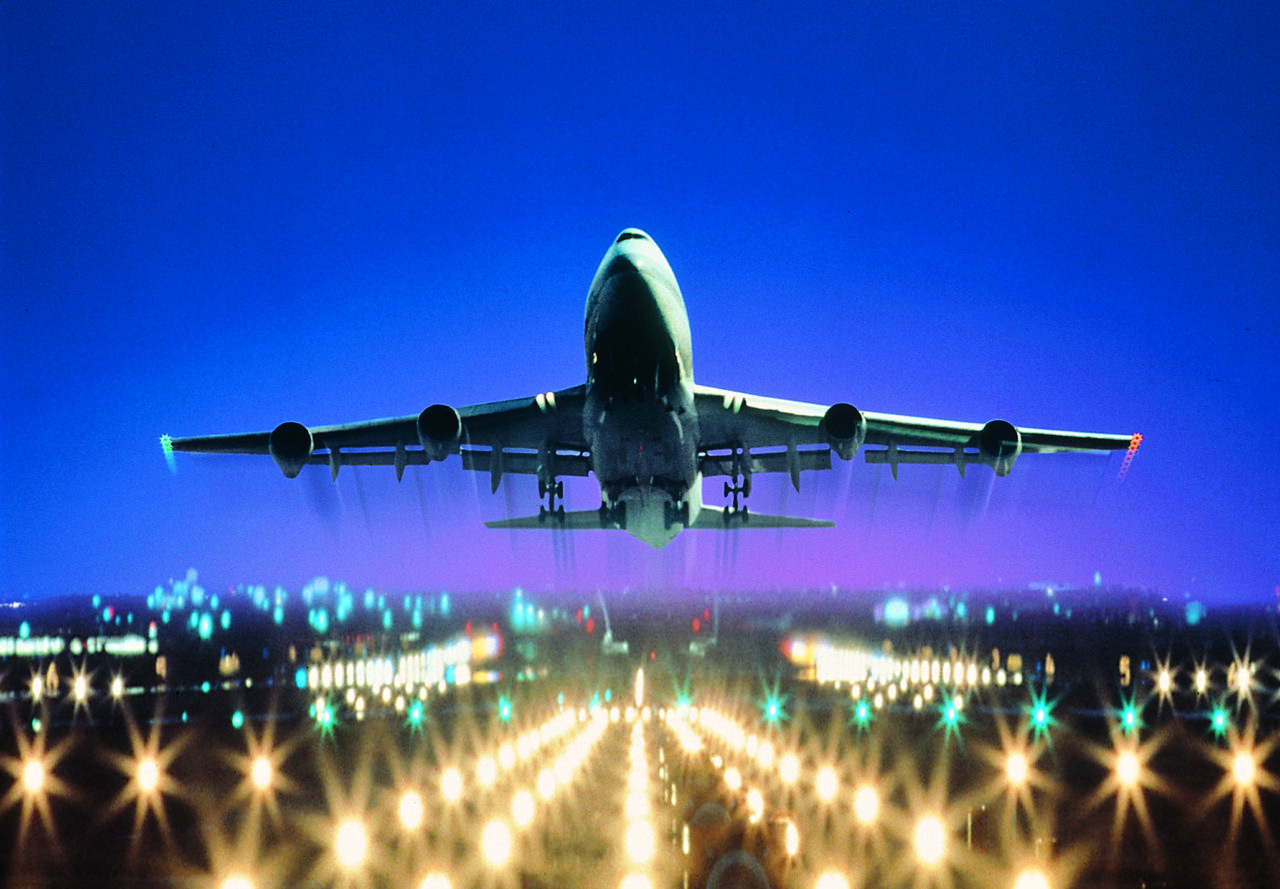ISO 27001 and IEC 62443: A Powerful Combination for AIRPORT Cybersecurity
The IEC 62443 is a specific standard that focuses on industrial automation and control systems cybersecurity. It provides guidelines and best practices for securing these systems against cyber threats and attacks, including requirements for securing their entire lifecycle, from design and development to deployment and maintenance.
Although both ISO 27001 and IEC 62443 are internationally recognised standards that prioritise cybersecurity and information security, they differ in scope. Despite their differences, ISO 27001 and IEC 62443 both emphasise the importance of risk assessment and management, as well as the need for a continuous improvement process for maintaining security.
“ISO 27001 certification covers human behaviour, including how we act, how we work and how we complete tasks to ensure that we are not picking up USB sticks from parking lots or engaging in other risky behaviours,” says Per Engelbrechtsen, Business Development Director at BEUMER Group. “In addition to the human behaviour aspect, there is also a focus on product security”.
In contrast, IEC 622443 outlines how products should be built and the necessary security levels required for what is delivered to customers. This is the combination of the two aspects, with one focusing on product security and the other on how the organisation behaves.
“Both aspects, product security and human behaviour, are important for cybersecurity,” continues Per Engelbrechtsen.
Suppliers can seek IEC 62443 certification by undergoing an audit by an accredited certification body that verifies that their products or services meet the technical requirements and implementation guidelines set forth in the standard.
Partnering with an ISO 27001 certified supplier and adopting IEC 62443 standards can offer several benefits to an airport in terms of cybersecurity and information security.
An ISO 27001 certified supplier can provide the airport with a reliable and secure baggage handling system that is built and maintained in accordance with international information security standards. The supplier would have implemented a comprehensive information security management system to identify and mitigate potential security risks, as well as measures to ensure the confidentiality, integrity and availability of information.
Adopting IEC 62443 standards can provide the airport with a comprehensive framework for securing its IACS against cyber threats and attacks. This includes guidelines and best practices for securing the entire IACS lifecycle, from design and development to deployment and maintenance. By implementing IEC 62443 standards, the airport can reduce the risk of cyber threats and attacks, protect its critical infrastructure and ensure business continuity.
“The ISO 27001 can be seen as a broad framework for cybersecurity, while the IEC 62443 provides a more specific approach,“ says Ibrahim Memis. “However, these two frameworks work well together because IEC guidelines allow for the implementation of ISO requirements in a more targeted and precise manner.”
He emphasises that airport cybersecurity concerns must start at the highest level of any organisation
“Cyber security strategy is a top-level management concern and a strategic topic that should be integrated into the organisation,” he says. “A certified supplier can use existing frameworks and standards, such as ISO 27001 as a basis, and customise them to fit the needs in question. Since each organisation is unique, it is critical to integrate security seamlessly into the internal IT infrastructure and external product portfolio. Security should not be treated as an add-on but as an integrated component of the organisation.”
Cybersecurity, AI and the Internet of Things
The rise of the Internet of Things (IoT) – a network of physical devices, vehicles, appliances, and other items that are embedded with sensors, software, and connectivity, allowing them to collect and exchange data – has had a significant impact on both IT and Operational Technology infrastructure, particularly in the aviation industry.
Operational Technology environments consist of hardware, software, and network components that are designed for specific purposes and require specialised knowledge and skills to operate and maintain. Due to their critical nature and potential impact on public safety and the economy, Operational Technology environments are subject to unique security risks and challenges.
In airports, IoT devices are increasingly being used to manage and optimise airport operations, such as baggage handling, passenger flow, and facility management. These devices generate large amounts of data that can be used to improve airport efficiency and enhance the passenger experience.
However, the widespread adoption of IoT devices also creates new cybersecurity risks for airports, particularly as many of these devices are connected to both IT and Operational Technology infrastructure. This means that a cyber attack on an IoT device can potentially compromise both IT and Operational Technology infrastructure, leading to operational disruptions and other negative consequences.
In addition to the risks of IoT hacking, securing the information generated by operational assets, such as baggage handling systems (BHS), is also critical. The data generated by BHS, for example, includes sensitive passenger information and other operational data that must be protected from unauthorised access and misuse.






